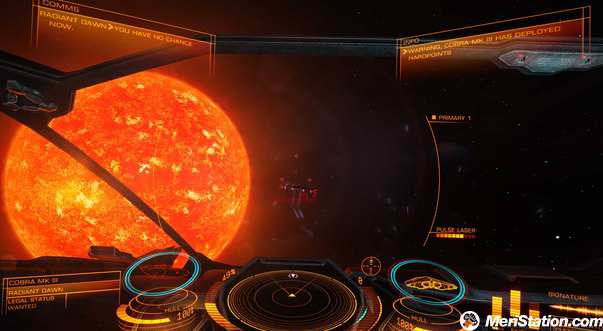THE PURSUIT OF HAPPINESS
In 1995 Capcom had already published the first Mega Man X, so the comparison with Mega Man 7 was simply a must, also because it was the first time that the original series landed on SNES and, above all, that it did it with a new look at 16-bit. In this sense,
Mega Man 7 came out of the fight with broken bones. Despite being a good title, characterized by huge and colorful sprite, the Blue Bomber’s new adventure seemed to desperately look for its old identity through an uncertain level design that could not recall the previous platforms and that made some important steps a little more awkward. .
Mega Man 7 today is aged better than you might think, in the light of these observations, and offers a first taste of the transformation of Mega Man in the generational transition from SNES to PlayStation. It was in fact the first home console of Sony to host Mega Man 8: in reality, the game also came out for the Saturn of SEGA, but the version included in this compilation is just that PlayStation. The visual style changes slightly between the seventh and eighth episodes, preferring even more cartoony and stylized features.
Mega Man 8 is perhaps one of the most discussed titles in the history of intellectual property Capcom: there are those who hate it and those who love it, but it was actually an important moment in the development of the franchise, thanks also to the inclusion of dialogues and animated sequences that, although badly dubbed,
were used to lower the players even more in a universe that until then had been described through images and short texts. We are with those that Mega Man 8 loved it, also because it was a challenging platform the right, full of colors and beautiful ideas that gave the gameplay an edge more, thanks to some of the most creative and surprising weapons in the series .
Mega Man 9 and Mega Man 10 complete a package that, in its entirety, seems almost schizophrenic: we pass from the cartoonesque and detailed graphics of Mega Man 8 to the old 8-bit sprites, in a sharp dive into the past that, on balance, it dates back to 2008, that is twelve years after the eighth Mega Man was released for PlayStation and Saturn.
Capcom had entrusted the rebirth of Blue Bomber to the developer Inti Creates, who had decided to get rid of practically every mechanic added in the series after Mega Man 2, like the slide and the loaded shot, to focus solely on level design. Mega Man 9 is a platform of exceptional quality that many fans consider among the best in the series.
The judgment against Mega Man 10, the last episode to be released in 2010 before the franchise retired, is much more cold. Despite introducing the possibility of controlling Proto Man and Bass instead of Mega Man, exploiting their peculiar abilities, it immediately becomes apparent that Mega Man 10 lacks the spark of originality.
Some traps are too predictable, the Robot Masters among the most loyal: nevertheless remains a good platform for the canons of the brand, although less refined than its predecessor. It is worth noting that the Mega Man Legacy Collection 2 includes all the DLCs of Mega Man 9 and Mega Man 10, unlockable by completing the games or through a dear, old combination of secret keys.


